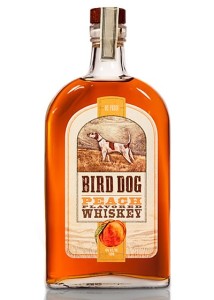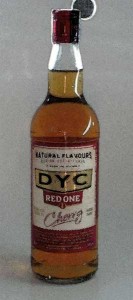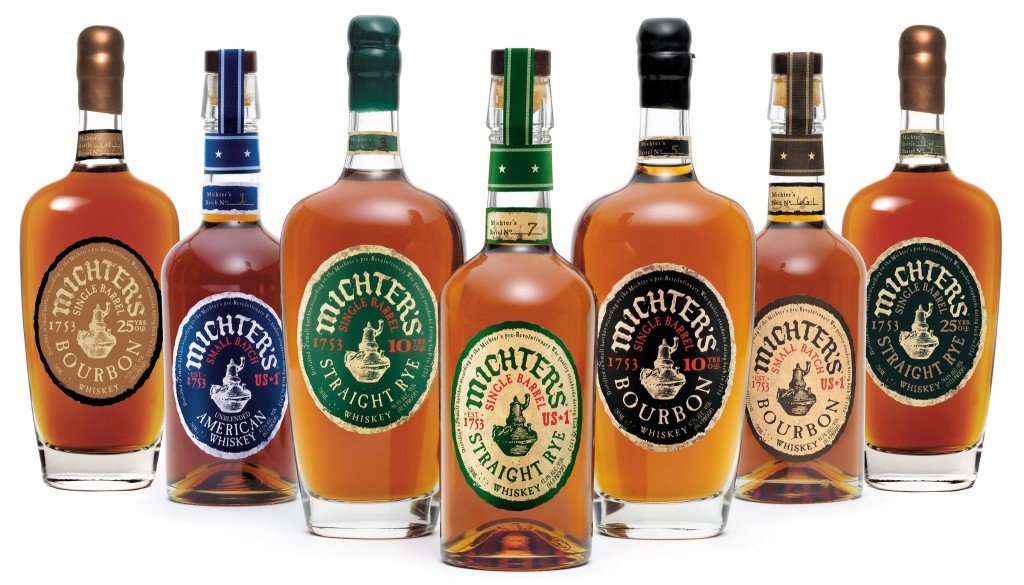By Richard Thomas

(Credit: Bird Dog)
Flavored whiskey has greatly expanded its presence on store and especially bar shelves in recent years, a trend that closely mirrors the explosion of flavored vodkas that characterized the vodka boom of twenty years ago. Yet the expansion in flavored whiskey has two characteristics distinguishing it from the flavored vodkas that sprang up during that spirit’s heyday as the trendy drink of choice.
Although a few flavored whiskeys have appeared in outside North America, the trend remains largely confined to the United States and Canada. This is because foreign regulations, particularly in Scotland, tend to keep such spirits within traditional bounds, limit additives, and stifle such innovations. Another key difference is that even a youthful whiskey has a distinctive flavor profile, and while almost any flavor compliments a middling vodka, it sometimes clashes with a similar whiskey. Each of these points turn many whiskey-lovers, invested as they are in tradition and attached to the flavors that go with it, away from the new wave of flavored products.

Cherry-Infused Whiskey
(Credit: Richard Thomas)
That Flavor Isn’t Meant For You
Devoted whiskey-lovers should realize that products like Dewars Highlander Honey and Jim Beam Red Stag aren’t really meant for them. Whiskey-makers have a slew of limited editions, small batches, cask strengths, and all sorts of other premium products meant for the righteous whiskey drinker. Instead these flavored products are meant for the casual, general bar audience and to serve as bedrock liquor for mixologists.
The latter point should surprise no one, since so much of how the whiskey boom has unfolded, such as the craze for rye whiskey, is driven in large part by the demand of cocktail drinkers and not lovers of neat whiskey. Likewise, while premium whiskey drinkers are an important niche in the market, they are not the largest or most important niche. Just ask yourself how many cases of Jim Beam White vs. Knob Creek that Jim Beam sells in a year, and the place of whiskey diehards in the bourbon market should become clear.
Drinkable: Yay or Nay?
In my book, exclusionary snobbery is the mark of a pretentious hipster, and the guiding rule for everyone else regarding personal taste should be simply “do you like it?” Just as I encourage neat whiskey drinkers to try some of those cocktails as the occasion presents itself, they should keep an open mind regarding flavored whiskeys.

(Credit: Spicebox
As a Southerner, I adore my iced tea, although my tastes for sweetened ice tea begin and end with the potent peach-flavored stuff. My fondness for that powerful Dixieland peachy flavor likely explains my newfound liking for Bird Dog Peach Flavored Whiskey, which I think is fantastic served on the rocks after a roasting summer day. If that sounds heretical in any way, keep in mind that peach-heavy iced tea I refer to is what Woodford Reserve gives to its visitors at the Welcome Center.
I’m also of the opinion that cookie-sweet Spicebox is yummy liquid desert material. However, like the Bird Dog Peach, Spicebox is far, far removed from the flavor profile of its whiskey base. The flavoring counts more than the whiskey in these drinks, and that defines how I look at them. I’d never reach for Bird Dog Peach if what I wanted was a good bourbon, but that doesn’t mean I would never reach for Bird Dog Peach. I appreciate the latter on its own merits, and those happen to be substantially different from the bourbon upon which it is based.



Nay on flavored whiskey. I like mine on the rocks mostly. Have been trying some of the rye though. Also want to check out some made from unusual grain bills. But I’d rather get the flavor profile from the grain or barrels not from some flavoring additive.
I am a diehard whiskey/whisky guy. I have a large collection of different types from Ireland, America and a new whisky from France. I like my whiskey with 3 small square ice cubes and would consider myself a connoisseur.
I enjoy the flavored whiskey category because of the number of people it is bringing into the category. This influx of newbies has given the category a lift and made special bottling of things available in places we would have never before found them.
The Hy Vee store in Rock Island Illinois has close to 100 different non-flavored Bourbons, 25 different Irish and does special Single Barrel buys from several different producers.
Anytime I see a vodka drinker transformed into a lover of brown liquor I am happy.
Sorry, I don’t want it. No way, no how.
Not having tried Dewars Highlander Honey, I can’t say much about it. But I would like to give this info on a few flavored whiskies:
Wild Turkey American Honey was one of the first flavored whiskies I saw in the US. In taste, it is more honey than whiskey: Thick and syrupy with a hint of spiced wild turkey. This was one of the drinks that helped me transition to real whiskey.
Evan Williams Honey is almost a direct clone of Wild Turkey, but with Evan William’s bite to it. It had a slight unpleasant note when I tasted it a few years ago, but was still syrupy with a hint of bourbon.
Jack Daniels Honey, on the other hand, took a different approach: Whiskey first, Honey later. The result sucked in my opinion.
But over the years, I have grown far less tolerant of these sweet things in my glass. The flavors I am now interested in are not sweet, they are savory. Perhaps a Bacon flavored Bourbon will come along– Using something like that for a Manhattan could be interesting, like using Bacon flavored Vodka in a martini with bleu cheese olives.
-Mash
Thanks for the reminder that I should also consider how flexible a type of whiskey is when it comes to being used for cocktails. I’m interested in looking for a place where I could buy flavored whiskey because I’ve been finding it beneficial for me to drink on Friday nights. It helps condition my body to relax a lot easier after a long week.